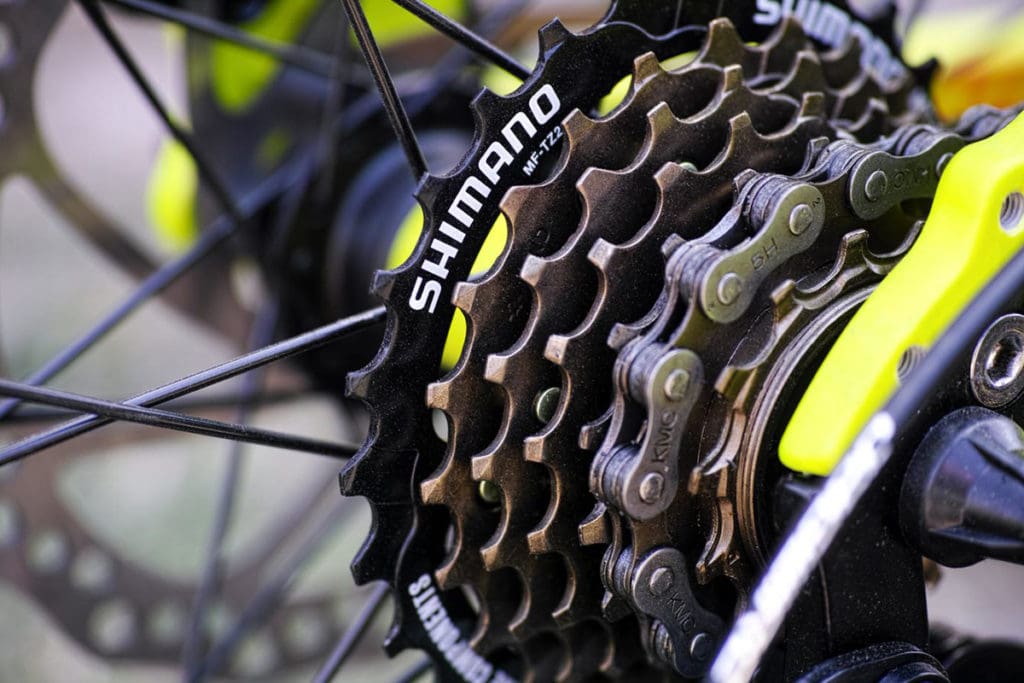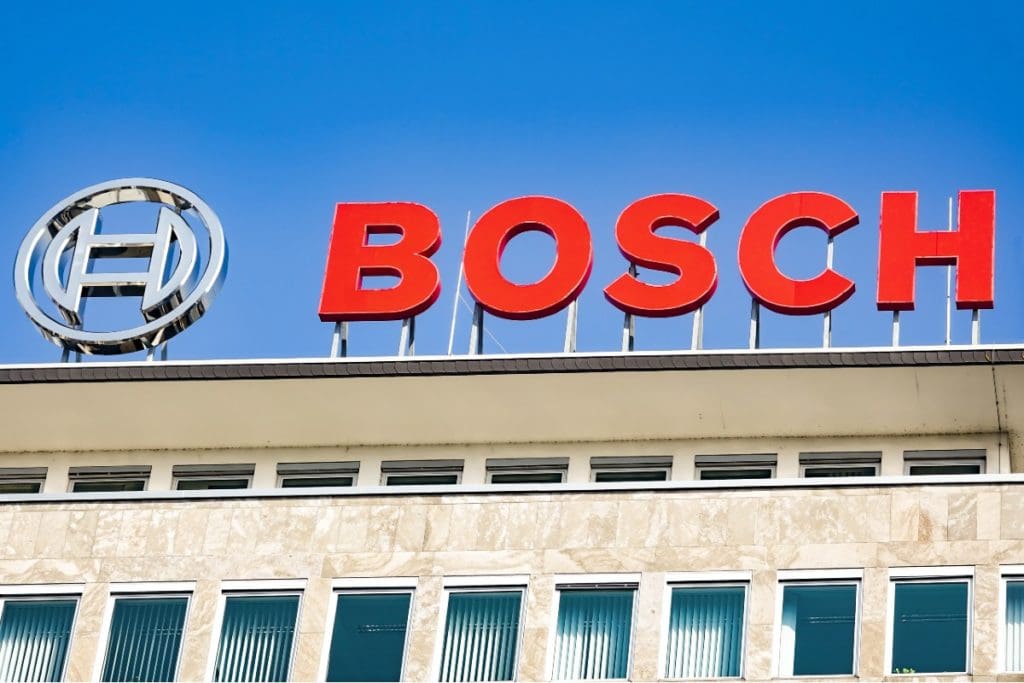Will the Major Brands Become Even More Dominant?

The pandemic is reshaping the bicycle industry and it’s time to pay attention. Let’s state it plainly: the largest companies in the industry have gotten bigger, more powerful, and with a deeper hold on bicycle spec and retail sales.
The result? Increased market power and dominance by the few over the many. It’s been a trend, a long-time in the making, and the pandemic will, perhaps, further accelerate ongoing consolidation particularly impacting small to midsize brands.
A recent article from the International Monetary Fund put it this way: “Excessive market power in the hands of a few firms can be a drag on medium-term growth, stifling innovation and holding back investment.”
More importantly, the IMF also noted that the increasing size of key manufacturers and suppliers within any given industry has hit smaller firms the hardest leading to job losses that often scar local communities and supporting businesses.
To be fair, the bicycle industry is a complicated and interwoven web of global manufacturers, suppliers and distributors with products sold by a complex amalgam of retailers ranging from traditional IBDs to strictly consumer-direct sales.
Still, market concentration in a global industry, like bicycles, which is small compared to, say, Big Tech, Big Pharma or Big Oil, demands examination.
Rick Vosper, a U.S. marketing consultant, recently focused attention on retail consolidation in a Bicycle Retailer & Industry News column. He cited four companies with global reach and concentration—Trek, Specialized, Giant and Cannondale.
His point, in general, was that these companies have an outsize impact on what’s sold at retail. Each, of course, approaches the U.S. retail sector from a different angle. But the same could be said of manufacturing and supply.
For example, Shimano and to a lesser extent SRAM control the bicycle’s most important moving parts—the drivetrain. Yes, there are some competitors. Campagnolo, of course, SunRace, FSA and a few others. But tally those outliers’ combined revenue and I would argue it would be a rounding error on Shimano and SRAM’s financials.
As the e-bike plays an ever larger role in manufacturing and retail, it’s fair to say that Shimano, while a bit late to the game, and Germany’s Bosch are the dominant players in the ebike drive system market at the moment. Just visit a few bike shops and look around.
Yes, Trek has latched on to Fazua but specs Bosch as well; Specialized quietly uses motors from Brose; Giant has a version it calls Syncdrive; China’s Bafang commands attention in the hub motor segment. Still, Shimano and Bosch have made vast inroads into the e-bike market with names consumers recognize and trust.
But let’s not stop there. In the mountain bike sector, it’s Fox and RockShox that clearly dominate the front and rear suspension market. Again, any number of niche players tinker in this sector, but most struggle to command a sliver of supplier spec or enjoy wide-spread consumer recognition. For them, it’s an aftermarket game and that’s a tough game to play.
The same is true for dropper posts. RockShox Reverb (SRAM), Fox Transfer, and KindShock, or KS for short, are the leaders. There is an array of niche players, but certainly SRAM and Fox are dominant.
And then bicycle chains. KMC is the top dog clearly, and the number one rated chain on Amazon.com. KMC also manufactures some chains for Shimano, but Shimano owns a tidy segment of that market as well thanks to its drivetrains. SRAM, of course, is a major chain manufacturer and supplier, and then the number of companies making IBD-quality chains dwindles rapidly. Connex by Wipperman comes to mind as well as Taiwan’s Taya Chain Group. And then Campagnolo. After that, it’s a stretch to think of others.
So at retail, here’s how it breaks down for most consumers: Either it’s a Shimano or SRAM drivetrain; for e-bikes, primarily a Shimano or Bosch motor depending upon brand; suspension—Fox or RockShox . As for chains? Most consumers couldn’t care less, but clearly KMC is the leader.


While this market concentration has been true—more or less—for some time, pandemic demand has bottled up the market like never before. Shimano and SRAM, as well as some select components like saddles, are swamped with lead times stretching into next year.
This is the result when there’s too much reliance on too few manufacturers. And it’s unlikely to change–to the long term detriment of consumer sales.
Friends often ask me what bicycle brand to buy. I generally tell them pick any major brand and then select a drivetrain; for mountain bikes, pick a suspension set up and, finally, a color. And don’t worry about everything else. That says a lot about market concentration.
Join the Conversation: Everyone has an opinion, so we would like to know if you think market concentration has had a positive or negative result on the bicycle industry? Please comment below.
